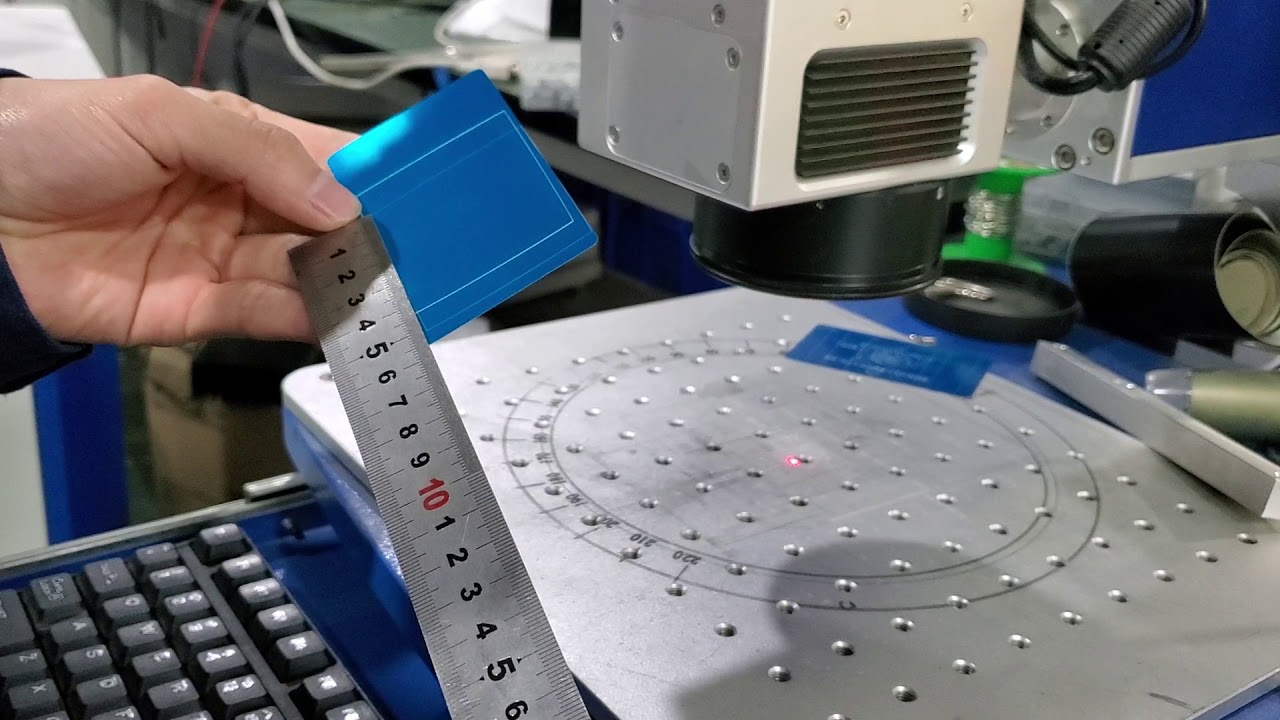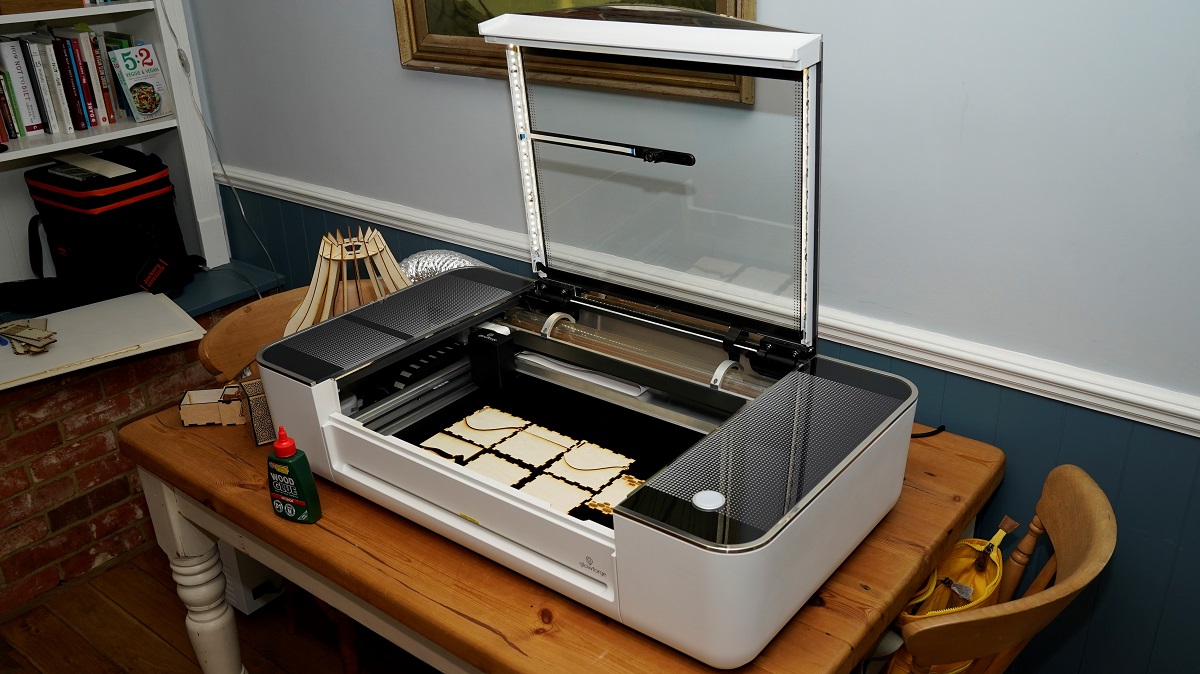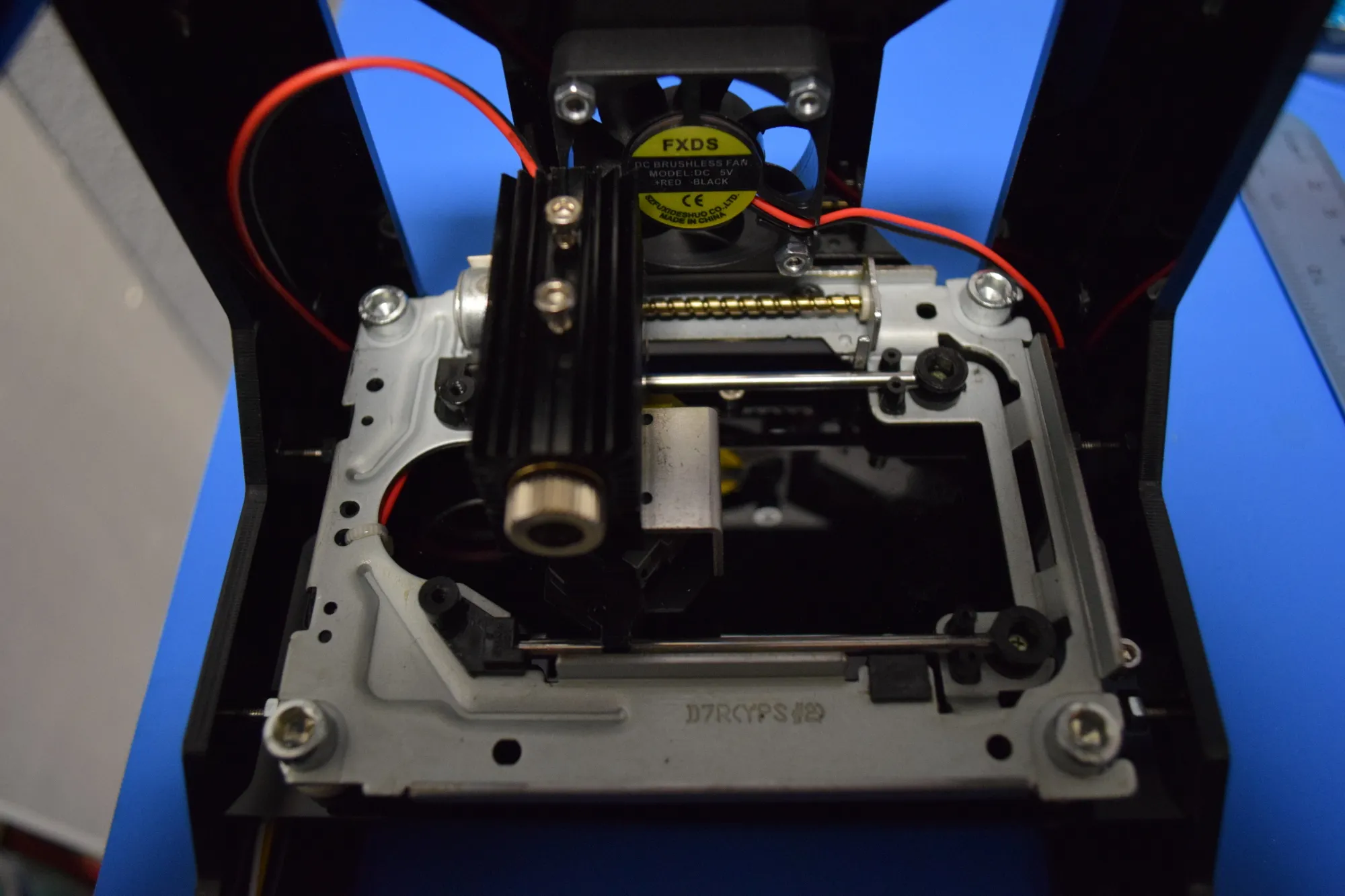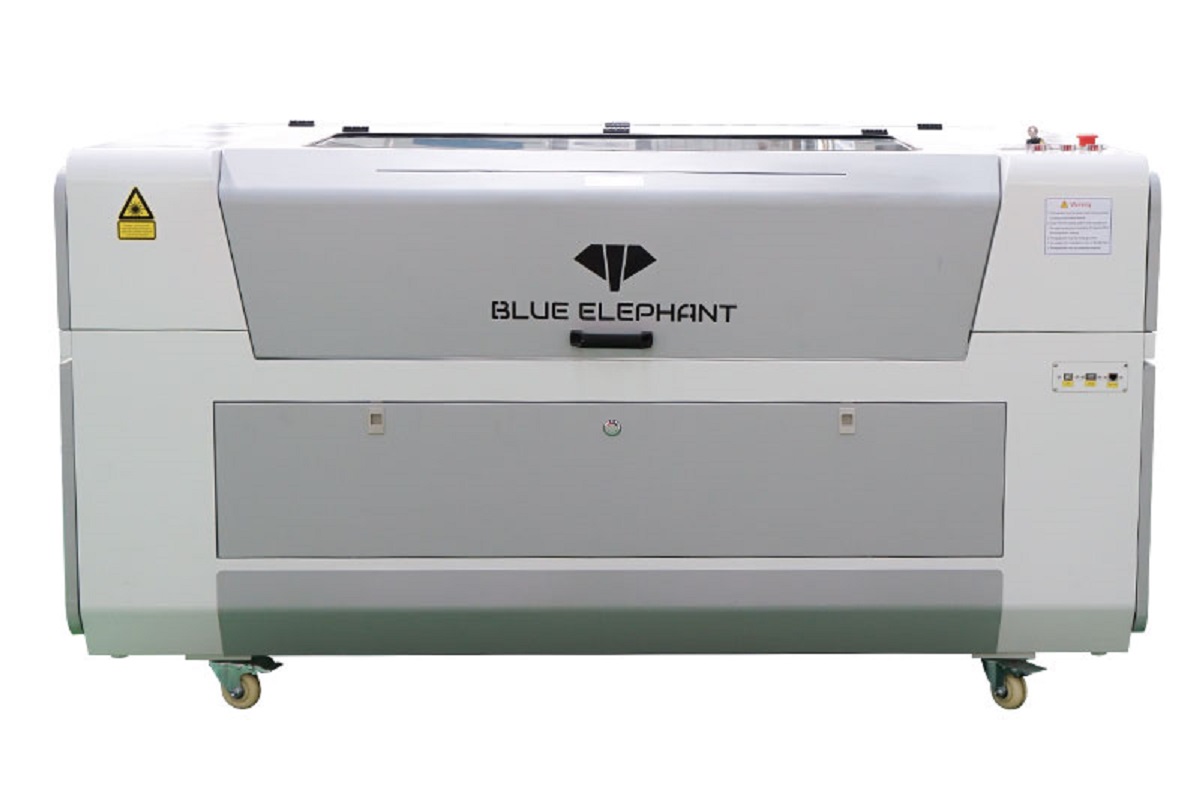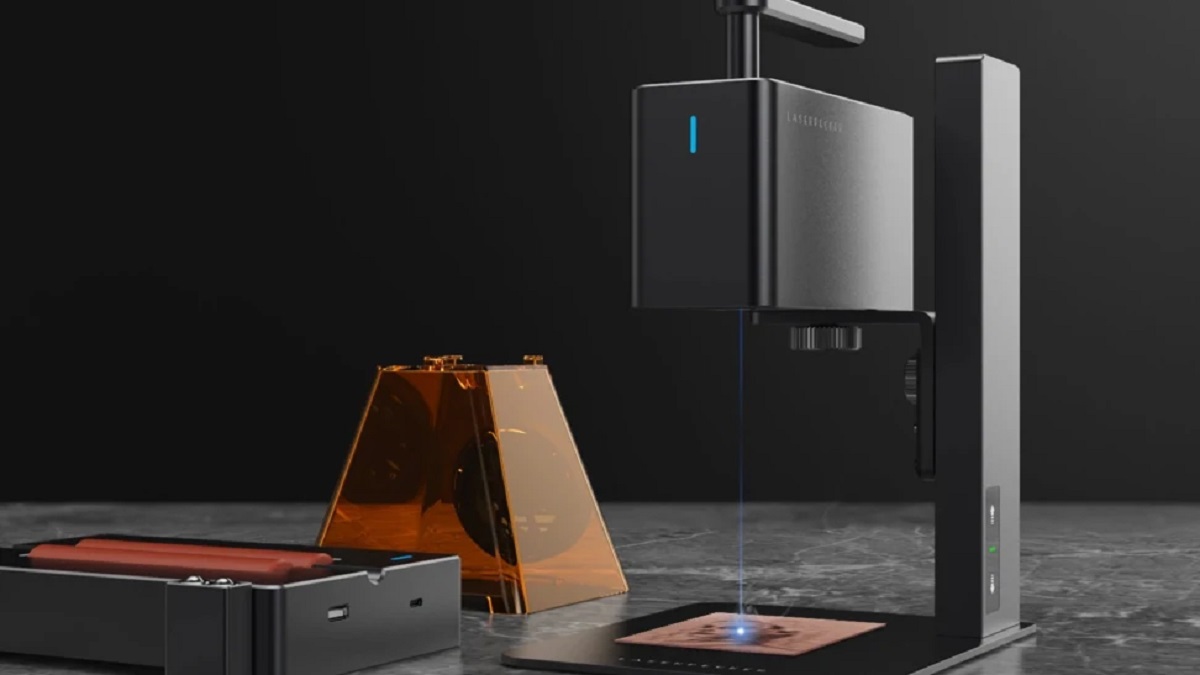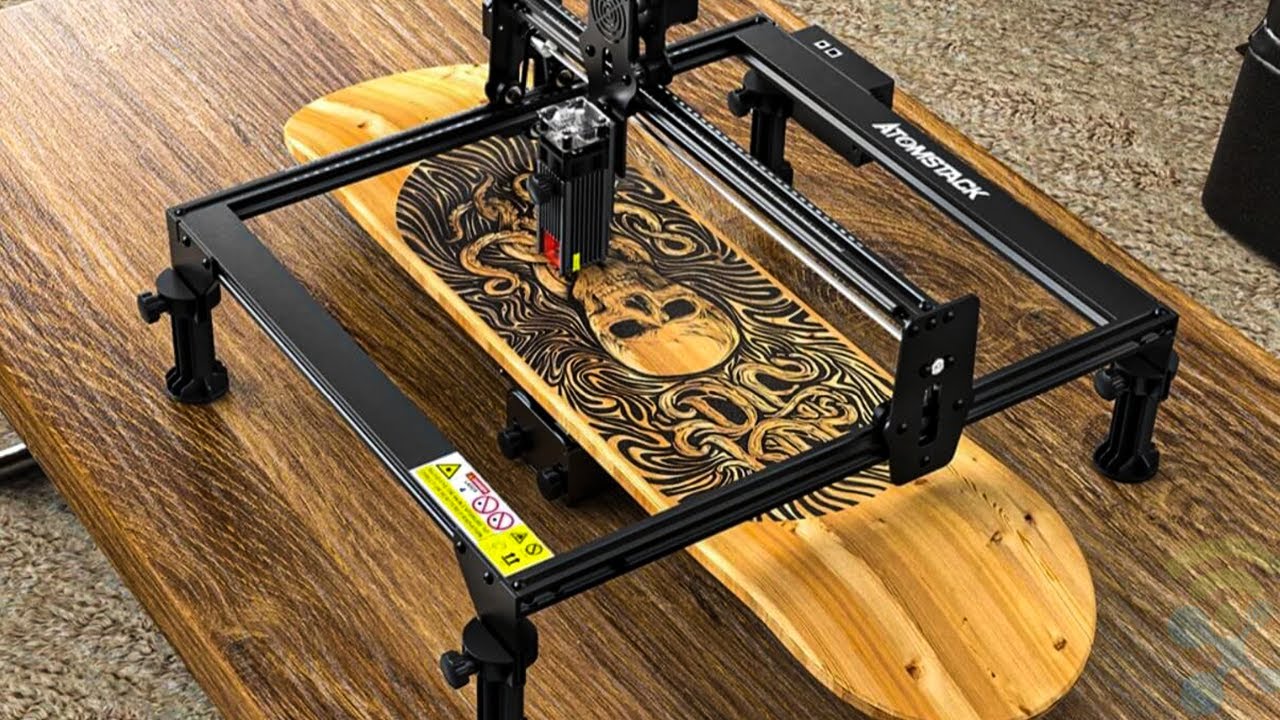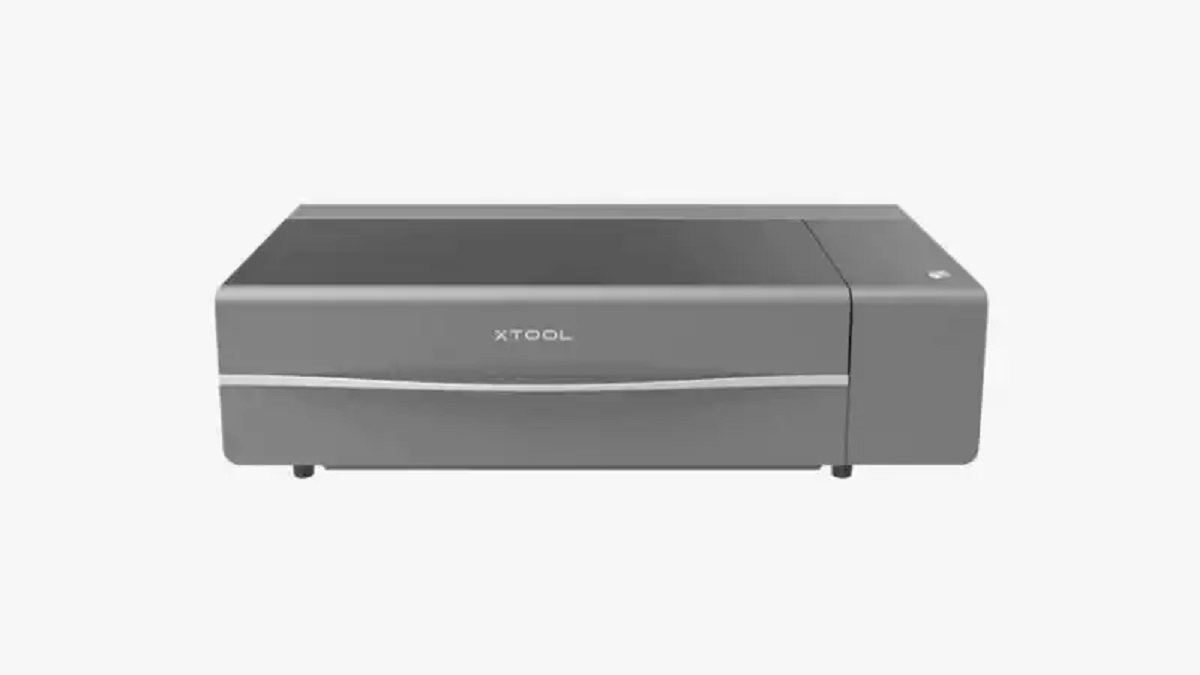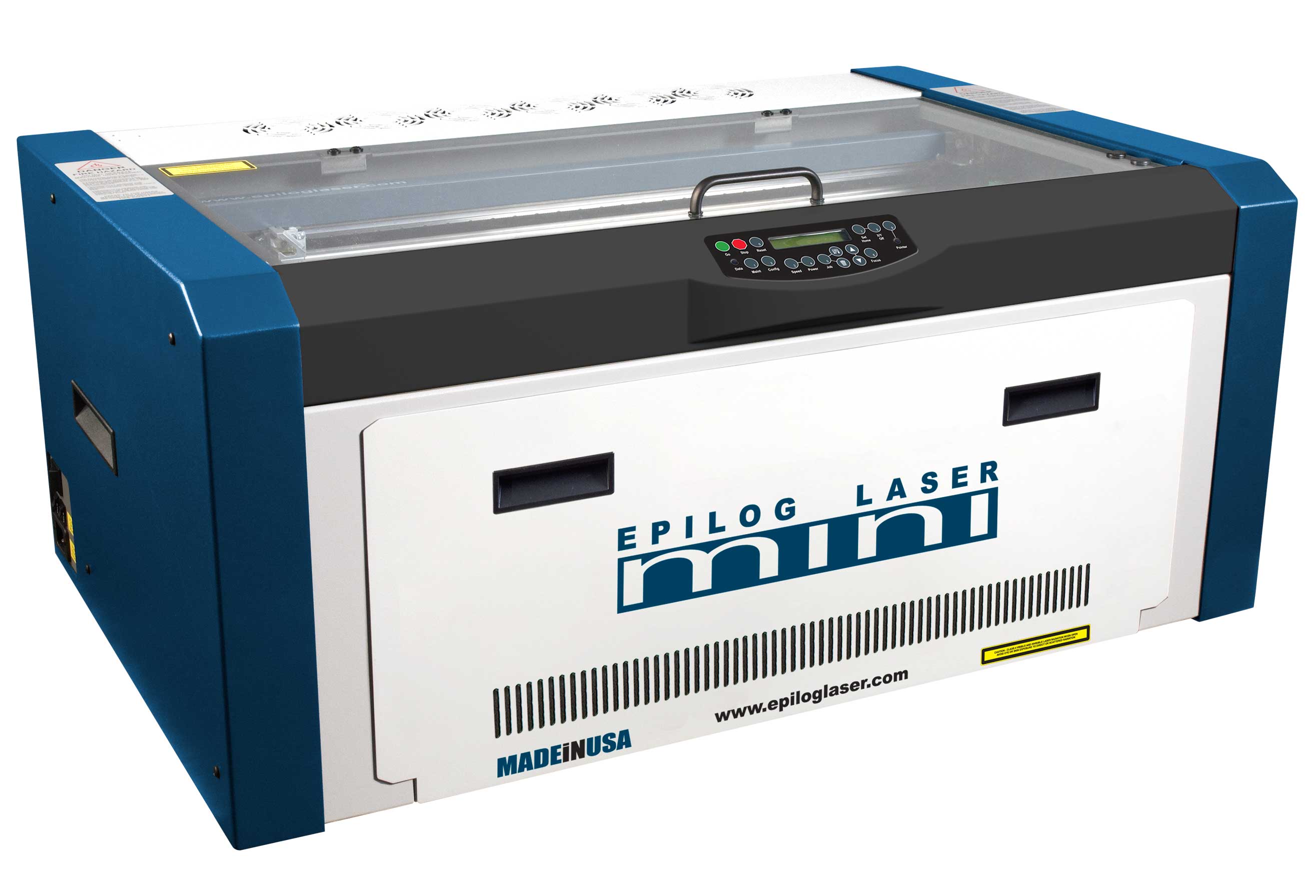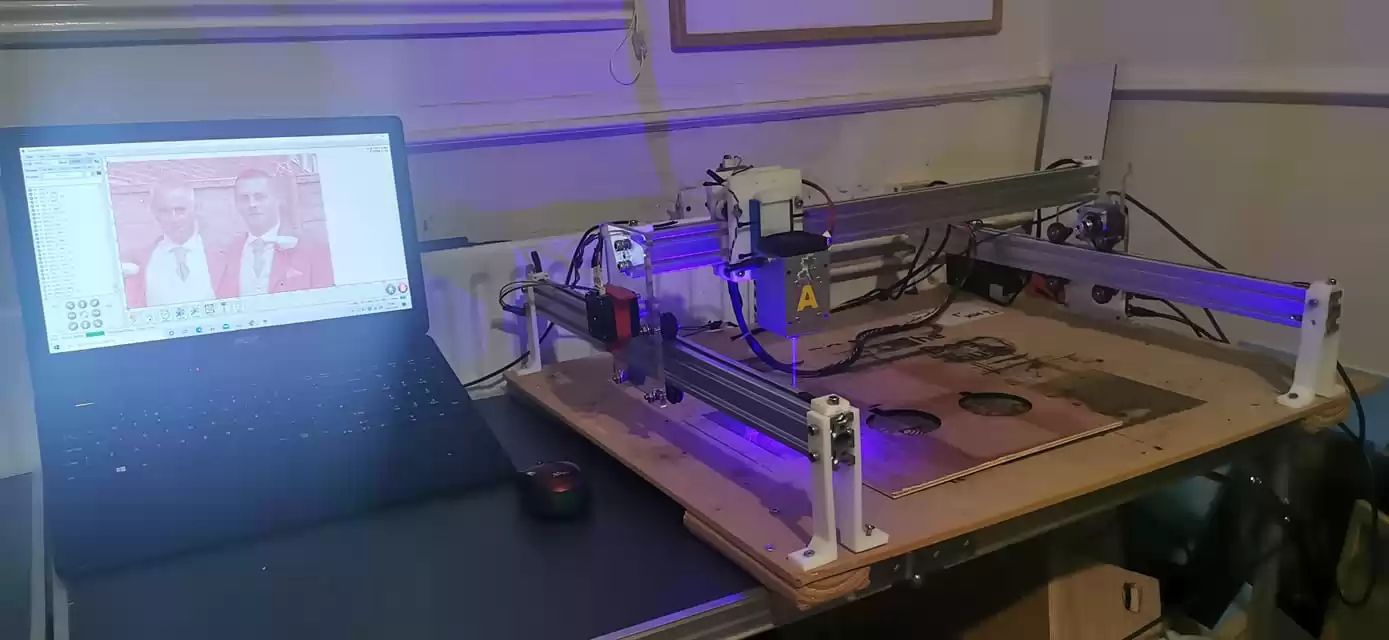Introduction
When it comes to laser engraving, the type of files you use can greatly impact the quality and precision of the final result. Laser engravers are versatile machines that can carve intricate designs onto various materials, including wood, acrylic, leather, and metal. Before you start engraving, it’s important to understand the different types of files that a laser engraver can handle.
There are two main types of files commonly used in laser engraving: vector files and raster files. Each file type has its own unique characteristics and is suited for different types of designs and engraving techniques. Understanding the differences between these file formats is crucial for obtaining the desired outcome and ensuring the highest level of detail and accuracy in your engravings.
Vector files are created using mathematical equations that define the shape, size, and position of each element within the design. These files are resolution-independent, meaning they can be scaled up or down without losing any image quality. Vector files are ideal for engraving designs with clean lines, sharp edges, and smooth curves, such as logos, text, and intricate patterns. Common vector file formats include Adobe Illustrator (AI), Encapsulated PostScript (EPS), and Scalable Vector Graphics (SVG).
On the other hand, raster files are made up of grids of pixels, with each pixel containing color information. These files are resolution-dependent, meaning the image quality can degrade if scaled up beyond its original resolution. Raster files are suitable for engraving designs with complex shading, gradients, and photographic images. Popular raster file formats include JPEG (JPG), PNG, and TIFF.
When it comes to laser engraving, it’s crucial to use file formats that are compatible with your engraving machine. Most laser engravers support a wide range of file formats, including vector and raster files. However, it’s important to note that not all file formats are created equal, and some may yield better results than others.
Before engraving, it’s essential to prepare your files properly. This involves ensuring that the design is properly sized, positioned, and oriented within the engraving area. It’s also important to convert text into outlines in vector files to avoid font-related issues during the engraving process.
In this article, we will explore the different types of files that a laser engraver can handle, as well as the supported file formats and the necessary steps for file preparation. By understanding these key aspects, you’ll be able to optimize your laser engraving projects and achieve outstanding results.
Vector Files
Vector files are a crucial component of laser engraving, as they allow for precise and high-quality designs. These files are created using mathematical equations that define the shape, size, and position of each element within the design. Unlike raster files, vector files are resolution-independent, meaning they can be scaled up or down without sacrificing image quality.
Vector files are ideal for engraving designs with clean lines, sharp edges, and smooth curves. They are particularly well-suited for logos, text, and intricate patterns. The mathematical equations used to create vector files ensure that the engraving machine can accurately reproduce the design, resulting in sharp and precise engravings.
There are several common vector file formats that are widely supported by laser engravers, including:
- Adobe Illustrator (AI): This is a popular vector file format used by graphic designers and creative professionals. AI files can contain multiple layers and are highly editable, allowing for easy adjustments to the design.
- Encapsulated PostScript (EPS): EPS files are widely supported across various software and engraving machines. They can include vector and raster elements, making them versatile for different engraving needs.
- Scalable Vector Graphics (SVG): SVG files are a web-based vector file format that can be easily resized and displayed on different devices and browsers. They are commonly used for laser engraving intricate designs found on websites or digital platforms.
When using vector files for laser engraving, it’s important to ensure that the design is properly prepared. Converting text into outlines is a crucial step, as it eliminates any font-related issues that may arise during the engraving process. Additionally, checking the size, position, and orientation of the design within the engraving area is essential for achieving accurate and satisfying results.
Vector files provide the flexibility and precision needed for laser engraving intricate details. By utilizing the appropriate vector file format and following proper design preparation techniques, you can maximize the potential of your laser engraver and create stunning and professional-looking engravings.
Raster Files
Raster files are another type of file commonly used in laser engraving. Unlike vector files that are based on mathematical equations, raster files are made up of grids of pixels, with each pixel containing color information. These files are resolution-dependent, meaning that the image quality may degrade if scaled up beyond its original resolution.
Raster files are particularly well-suited for engraving designs that involve complex shading, gradients, and photographic images. They can capture subtle variations in color and tone, resulting in visually rich and detailed engravings. Common raster file formats used in laser engraving include JPEG (JPG), PNG, and TIFF.
When working with raster files, it’s important to consider the resolution and quality of the image. Higher resolution images generally produce better engraving results. However, it’s essential to strike a balance between image quality and file size, as large file sizes can slow down the engraving process.
One key aspect to keep in mind with raster files is that they are comprised of a fixed number of pixels. Engraving a raster image on a material may result in the loss of image clarity if the engraving area is significantly larger than the original image’s dimensions. It’s important to scale and position the image within the engraving area appropriately to ensure the desired level of detail is maintained.
Preparing raster files for laser engraving involves optimizing the image to achieve the best possible result. This can include adjusting brightness, contrast, and saturation levels, as well as removing any unwanted artifacts or noise. Additionally, converting the image to grayscale or black and white may be necessary, depending on the desired engraving effect.
Working with raster files in laser engraving allows for the creation of visually striking designs that incorporate complex shades and textures. By selecting high-quality images, optimizing them for engraving, and properly positioning them within the engraving area, you can achieve outstanding results that showcase the intricate details of your design.
Supported File Formats
When it comes to laser engraving, it’s crucial to use file formats that are compatible with your engraving machine. Most laser engravers support a wide range of file formats, including both vector and raster files. However, it’s important to note that not all file formats are created equal, and some may yield better results than others.
For vector files, commonly supported formats include:
- Adobe Illustrator (AI): This format is widely recognized in the design industry and is highly compatible with laser engraving machines.
- Encapsulated PostScript (EPS): EPS files are versatile and can contain both vector and raster elements, making them suitable for various engraving needs.
- Scalable Vector Graphics (SVG): SVG files are web-based vectors that can be easily resized and displayed on different devices and browsers, making them a popular choice for laser engraving digital designs.
For raster files, the most common formats supported by laser engraving machines are:
- JPEG (JPG): JPEG files are widely used for photographs and images, offering a good balance between file size and image quality.
- Portable Network Graphics (PNG): PNG files support transparent backgrounds, making them useful for designs that require a transparent overlay or background.
- Tagged Image File Format (TIFF): TIFF files are often used for high-quality printing and provide lossless compression, preserving image quality even with multiple edits.
It’s important to check the specifications of your specific laser engraving machine to determine the supported file formats. Some machines may have additional compatibility with other file formats, such as PSD (Adobe Photoshop) or PDF (Portable Document Format).
When preparing files for laser engraving, it’s recommended to work with the highest quality file format available to preserve image integrity. Additionally, consider optimizing the file size without sacrificing image quality to improve the efficiency of the engraving process.
By understanding the file formats supported by your laser engraving machine and choosing the appropriate format for your design, you can ensure smooth compatibility and achieve the best possible results with your engraving projects.
File Preparation
Proper file preparation is essential for achieving optimal results in laser engraving. This involves ensuring that your design is correctly sized, positioned, and oriented within the engraving area. Additionally, specific considerations need to be taken into account for both vector and raster files.
For vector files, it’s crucial to convert any text into outlines. By doing so, you eliminate the risk of font-related issues during the engraving process. Converting text to outlines ensures that the engraver treats the text as a series of vectors rather than editable font data.
When working with vector files, check that your design fits within the dimensions of the engraving area. Adjust the size and proportions as needed to optimize the design for the material and the desired engraving effect.
Positioning the design accurately within the engraving area is also important. Make sure that the design is aligned properly and centered if necessary. Consider any specific requirements of the material being engraved, such as avoiding areas of knots in wood or selecting the ideal location for engraving on a curved surface.
For raster files, it’s important to consider the resolution and quality of the image. Higher resolution images generally produce better engraving results. However, be mindful of finding the balance between image quality and file size, as large files may slow down the engraving process.
Ensure that the raster image is sized correctly for the engraving area. Avoid stretching or distorting the image, as this can lead to a loss of clarity and accuracy in the engraving. Consider scaling the image while maintaining its original aspect ratio to achieve the desired level of detail.
Depending on the desired engraving effect, you may need to make adjustments to the image. This can include optimizing the brightness, contrast, and saturation levels, as well as converting the image to grayscale or black and white. Experimenting with different settings and test engravings can help you achieve the desired outcome.
Before sending any file to the laser engraver, it’s recommended to perform a test engraving on a small piece of the desired material. This allows you to evaluate the results and make any necessary adjustments before proceeding with the full engraving.
By properly preparing your files for laser engraving, you can ensure accurate and high-quality results. Taking the time to resize, position, and optimize your designs will contribute to the success of your engraving projects, resulting in stunning and professional-looking engravings.
Conclusion
Understanding the different types of files that a laser engraver can handle is crucial for achieving high-quality and precise engravings. Whether you are using vector files for clean lines and intricate designs or raster files for shading and photographic images, selecting the appropriate file format and preparing your files correctly are key factors in the success of your engraving projects.
Vector files, such as Adobe Illustrator (AI), Encapsulated PostScript (EPS), and Scalable Vector Graphics (SVG), allow for sharp lines, smooth curves, and precise engravings. Converting text into outlines and ensuring proper sizing, positioning, and orientation within the engraving area are essential steps for optimal results.
Raster files, such as JPEG (JPG), PNG, and TIFF, are excellent for capturing complex shading, gradients, and photographic images. Considering image resolution, size, and quality, along with making necessary adjustments and optimizations, will help you achieve detailed and visually striking engravings.
It’s important to check the supported file formats of your specific laser engraving machine and select the appropriate file format for your design. This ensures compatibility and seamless integration with your engraving process.
Proper file preparation, including converting text into outlines, resizing, positioning, and optimizing your designs, is critical for achieving desired outcomes. Taking the time to perform test engravings and making any necessary adjustments will contribute to the success and satisfaction of your engraving projects.
By utilizing the right files and preparing them effectively, you can unlock the full potential of your laser engraver and create stunning, precise, and professional-looking engravings on various materials.







